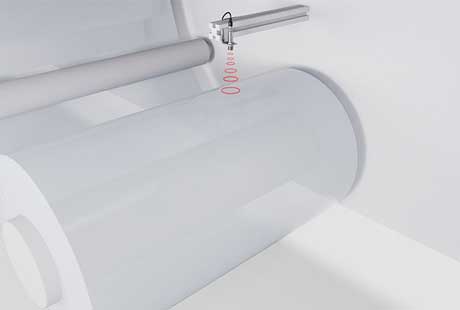What is the Best Frequency for an Ultrasonic Sensor to Use?
Key Takeaway
The best frequency for an ultrasonic sensor depends on how it’s used. For tasks like object sensing and obstacle detection, the range of 25 kHz to 40 kHz strikes a good balance between detecting objects at a distance and sensitivity to smaller objects. Opting for higher frequencies offers finer detail in detection, although there might be a trade-off with a shorter reach due to increased energy loss as the frequency increases.
Understanding Ultrasonic Sensors
Ultrasonic sensors operate by emitting a sound wave beyond the limits of human hearing, typically above 20 kHz, and then listening for its echo. The time it takes for the echo to return allows the sensor to calculate the distance to the object. It’s the map-making sense of bats and the basis for countless automated systems.
The Basics of Frequency
Frequency, in the context of ultrasonic sensors, refers to the number of ultrasonic pulse emissions per second, usually measured in kilohertz. The standard range for these sensors typically spans from 20 kHz to 40 kHz, with some specialized applications extending beyond these limits.

Factors to Consider When Choosing Frequency
Selecting the right frequency is crucial and is heavily dependent on the specific requirements of the application. Here are the key factors to take into consideration when making your choice:
- Resolution and Sensitivity: Higher frequencies generally offer better resolution and are more sensitive to smaller objects.
- Range and Spread: Lower frequencies can travel further and have a wider beam spread.
- Energy Consumption: Higher frequencies often mean a more energetic sound wave, which can demand greater power consumption.
- Environmental Interference: The speed of sound varies with temperature and humidity, affecting the precision of echo timing.
- Material Penetration: Ultrasonic waves at different frequencies behave uniquely when interacting with materials.
You May Like to Read
Practical Applications and Frequency Selection
The versatility of ultrasonic sensors is as broad as the spectrum of their resonant frequencies. Here are several applications and how frequency choice can make a difference:
- Industrial Robotics: For precision handling and navigation in controlled environments, robotics may benefit from the higher resolution offered by a 40 kHz sensor.
- Automotive Systems: Ultrasonic sensors help power the proximity alerts and parking systems in vehicles.
- Medical Devices: Ultrasonic sensors are integral to medical imaging and non-invasive medical procedures.
- Smart Home Technology: From home security to energy management, ultrasonic sensors contribute to various smart home applications.
From home security to energy management, ultrasonic sensors contribute to various smart home applications. The type of measurement and the typical range of operation will determine whether a 20 kHz or 40 kHz sensor is better suited for the task.
Conclusion
The selection of the best frequency for an ultrasonic sensor is not a one-size-fits-all proposition. It is a nuanced balance between the specific demands of the application, power constraints, and environmental dynamics. By considering the factors discussed in this guide and staying attuned to the evolving landscape of ultrasonic technology, engineers and students can ensure that their ultrasonic solutions are perfectly pitched to meet their intended aims, and to resonate with the challenges and potential of the future.
